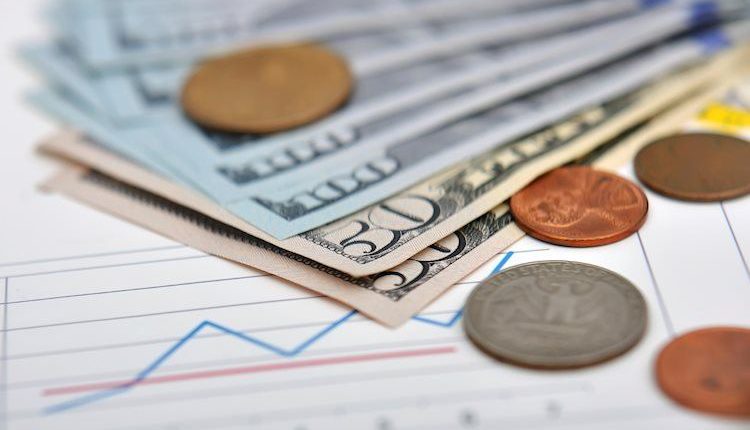During the Asian session, the Tokyo Consumer Price Index is due. The Australian Producer Price Index (PPI) will also be closely watched, especially after the strong CPI data reported on Wednesday. Later in the day, market focus will shift to the US Core Personal Consumption Expenditure price index.
Here is what you need to know on Friday, October 27:
During the Asian session, the US Dollar lost momentum, primarily driven by a decline in US Treasury yields, despite positive economic data. The Dollar Index (DXY) ended the session around 106.60. The 10-year US Treasury yield dropped from 4.96% to 4.84%, while the 2-year yield decreased from 5.15% to 5.02%.
The US economy expanded at an annualized rate of 4.9% during the third quarter, surpassing market consensus of 4.2%. The report also revealed a lower-than-expected core Personal Consumption Expenditure (PCE) price index, which increased demand for bonds. Other data showed a rise in Continuing Jobless claims to 1.79 million, reaching the highest level in months.
Next week, the Federal Open Market Committee (FOMC) meeting will take place, and the market expectations suggest no change in interest rates. On Friday, the US will release the monthly core PCE, a key inflation measure. The report will also include personal spending and income data.
Wells Fargo on US GDP data:
U.S. economic growth accelerated in the third quarter to a 4.9% annualized pace, signaling the economy remains resilient in the face of higher rates and still-elevated prices. While persistent strength in demand could put the inflation descent in jeopardy, we do not anticipate this report changes much for policymakers, and we expect the FOMC to leave rates unchanged at next week’s meeting.
On Thursday, the Euro underperformed following the European Central Bank (ECB) meeting. As anticipated, the central bank kept interest rates unchanged, marking the first time since June last year. Market participants interpreted the meeting as leaning towards a dovish stance, as the ECB signaled that it is unlikely to raise rates again.
EUR/USD hit a weekly low at 1.0521 but then rebounded, supported by a weaker US Dollar, rising towards 1.0565.
Analysts at Rabobank on ECB:
Today’s pause does not necessarily mean the end of the hiking cycle. Yet, policymakers seem to have little desire to tighten further. The ECB appeared somewhat more concerned about the growth outlook than in September. Lagarde provided no clear reaction function to a potential new energy shock.
GBP/USD fell to weekly lows at 1.2068 but then rebounded to the upside, rising towards the 1.2130 area. The pair continues to trade above October lows, avoiding further deterioration. The Bank of England is expected to extend its pause next week, likely with a divided vote.
USD/JPY is heading towards a daily close well above 150.00. The pair held that mark despite lower Treasury yields and risk-off sentiment. It appears that markets are challenging Japanese authorities. The Tokyo Consumer Price Index is due on Friday.
AUD/USD reached fresh year-to-date lows at 0.6269 but rose above the key 0.6280 area. The recovery is driven by the correction of the US Dollar, which shows limited conviction even as markets consider the possibility of another rate hike from the Reserve Bank of Australia (RBA) on November 7. The Producer Price Index is due on Friday.
USD/CAD continued to move higher, breaking above 1.3800. The pair posted its highest daily close in a year. The Canadian Dollar was the weakest performer among G10 currencies on Thursday.
Gold finished modestly higher around $1,985 as the yellow metal benefited only modestly from lower Treasury yields. Silver experienced volatile trading. XAG/USD ended hovering around $22.80 after briefly trading above $23.00 during European hours and bottoming below $22.50 after US data.
Like this article? Help us with some feedback by answering this survey:
Read the full article here

